Future-Proof Remote Worksites: Lida Group Integrates Solar Tech into Mobile Houses via Advanced Sandwich Panel Construction
2025-Aug-08 11:46:06
By Admin
1. Introduction
The rise of remote work has extended beyond traditional office settings, with industries such as mining, construction, oil and gas, and environmental research requiring operational bases in remote locations. These remote worksites demand reliable, sustainable, and comfortable accommodation and workspace solutions. However, they often face challenges such as limited access to grid electricity, high energy costs, and environmental constraints.
Lida Group, a pioneer in prefabricated building solutions, has developed an innovative approach to address these challenges: integrating solar technology into mobile houses through advanced sandwich panel construction. This integration not only provides a sustainable energy source for remote worksites but also enhances the functionality, durability, and efficiency of the mobile houses. This article explores how Lida Group’s solution is future-proofing remote worksites, from the technology behind the integration to real-world applications and future potential.
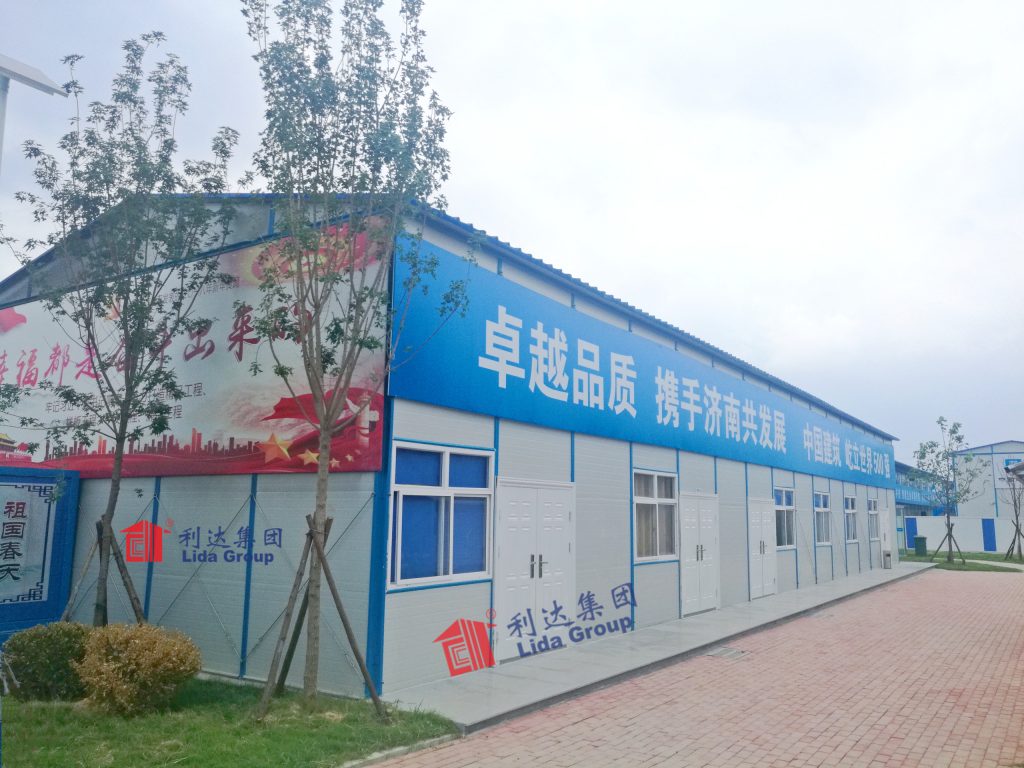
2. The Need for Future-Proof Remote Worksites
2.1. Challenges of Traditional Remote Worksites
Traditional remote worksites rely heavily on diesel generators for electricity, which come with numerous drawbacks. Diesel generators are expensive to operate due to fuel costs, require regular maintenance, and emit greenhouse gases and noise pollution. In addition, transporting fuel to remote locations is logistically challenging and costly, especially in harsh or inaccessible terrain.
Another challenge is the lack of sustainable and comfortable accommodation. Workers in remote areas often live in basic, poorly insulated structures that fail to provide adequate protection from extreme weather conditions, leading to reduced productivity and morale. Moreover, these structures have a high environmental impact, contributing to deforestation, waste generation, and habitat disruption.
2.2. The Drive for Sustainability and Resilience
As global awareness of climate change grows, industries operating in remote areas are under increasing pressure to reduce their carbon footprint. Sustainable practices not only help meet environmental regulations but also improve brand reputation and reduce long-term operational costs. Remote worksites need to be resilient, able to function independently of external energy sources and withstand the effects of climate change, such as extreme temperatures, storms, and droughts.
Future-proof remote worksites must also prioritize the well-being of workers, providing comfortable living and working conditions that support productivity and mental health. This requires access to reliable electricity for lighting, heating, cooling, communication, and essential appliances, as well as sustainable water and waste management systems.
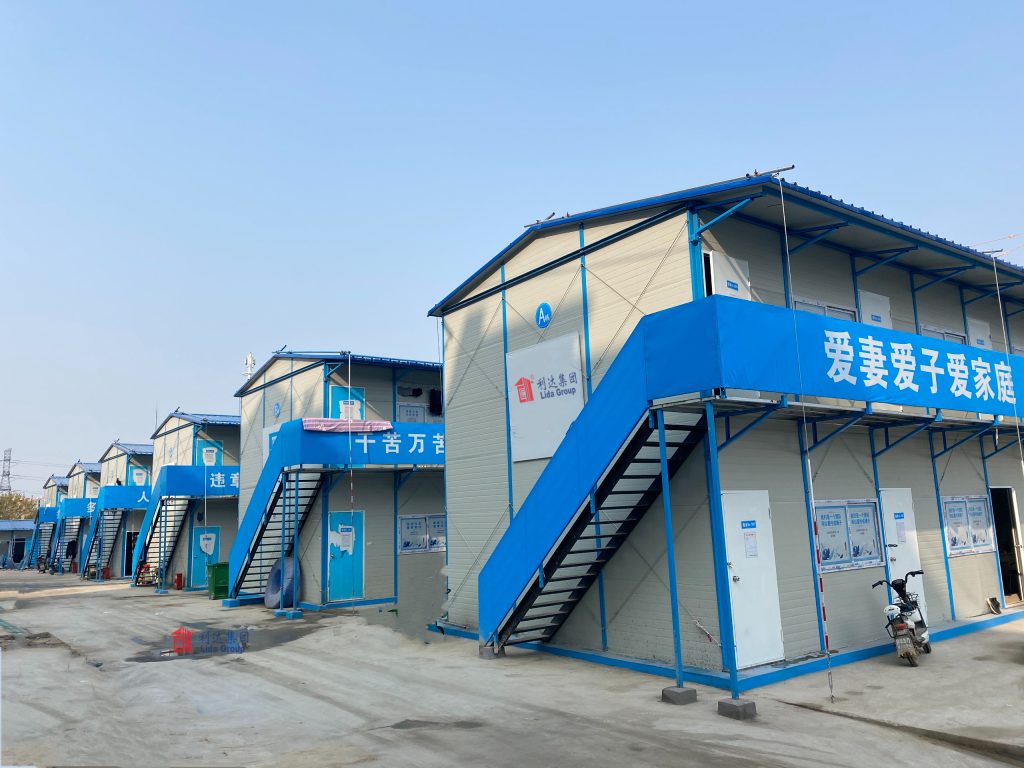
3. Lida Group’s Advanced Sandwich Panel Construction
3.1. Overview of Sandwich Panel Technology
Lida Group’s advanced sandwich panel construction forms the foundation of its mobile houses for remote worksites. These panels consist of three layers: two outer layers (facings) made of high-quality materials such as galvanized steel, aluminum, or composite materials, and a core layer of insulation material, such as polyurethane foam, rock wool, or expanded polystyrene (EPS).
The combination of these layers creates a structure that is lightweight, strong, and highly insulated. The outer layers provide structural integrity and protection against external elements, while the core layer offers excellent thermal insulation, reducing heat transfer between the interior and exterior of the mobile house. This insulation is crucial for maintaining comfortable temperatures in extreme climates, reducing the need for heating and cooling.
3.2. Advantages of Sandwich Panels for Mobile Houses
The use of sandwich panels in mobile houses offers several key advantages for remote worksites. First, their lightweight nature makes transportation and installation easier, even in remote and inaccessible areas. The panels are prefabricated off-site, allowing for quick assembly on-site with minimal labor and equipment.
Second, the high thermal insulation properties of the panels reduce energy consumption for heating and cooling, lowering operational costs and environmental impact. This is particularly important in remote areas where energy is scarce or expensive.
Third, sandwich panels are durable and resistant to harsh weather conditions, including strong winds, heavy rain, snow, and extreme temperatures. They are also resistant to corrosion, mold, and pests, ensuring a long lifespan for the mobile houses with minimal maintenance.
Finally, the modular design of sandwich panels allows for customization, enabling Lida Group to create mobile houses of various sizes and configurations to meet the specific needs of different remote worksites.
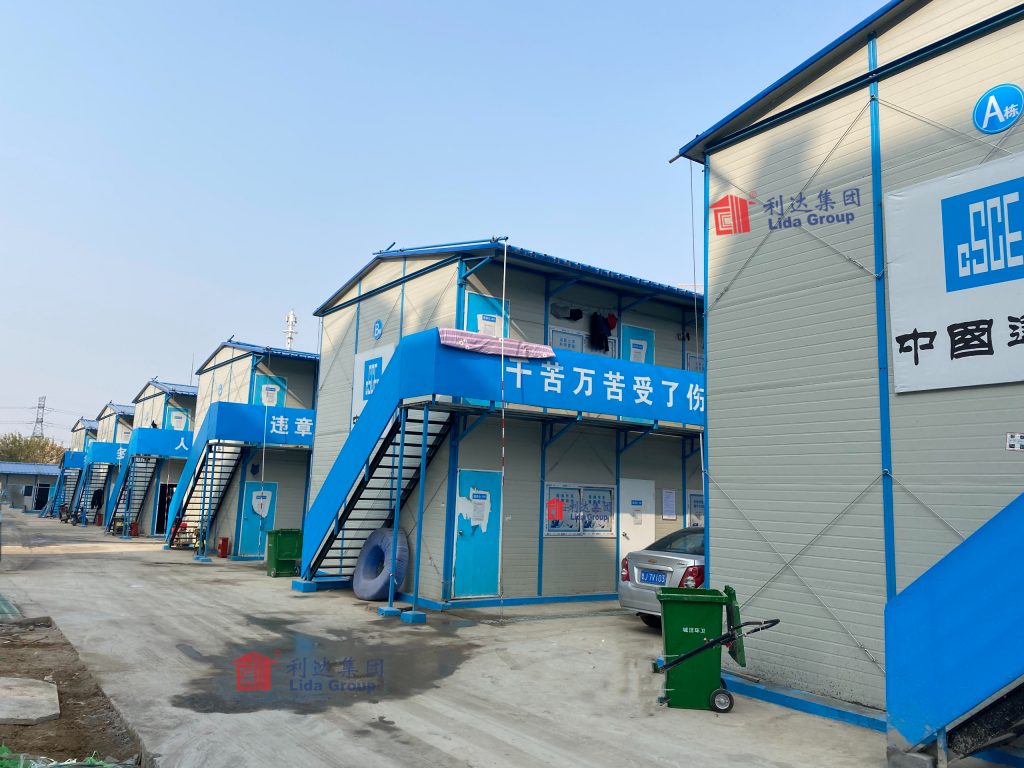
4. Integration of Solar Technology into Mobile Houses
4.1. Solar Panel Integration with Sandwich Panels
Lida Group has developed a seamless way to integrate solar panels into the sandwich panel construction of its mobile houses. Solar panels are mounted on the roof of the mobile house, which is constructed using sandwich panels designed to support the weight and provide a stable base for the solar array.
The roof panels are reinforced to withstand the additional load of the solar panels, and the mounting system is designed to be durable and weather-resistant. In some cases, the solar panels are integrated directly into the roof sandwich panels during manufacturing, creating a single, unified structure that is both efficient and aesthetically pleasing.
This integration ensures that the solar panels are optimally positioned to capture sunlight, maximizing energy generation. The angle and orientation of the roof can be customized based on the latitude and climate of the remote worksite to further enhance solar efficiency.
4.2. Energy Storage and Management Systems
To ensure a reliable electricity supply, Lida Group’s solar-integrated mobile houses are equipped with energy storage systems, typically lithium-ion batteries. These batteries store excess electricity generated by the solar panels during the day for use at night or during periods of low sunlight.
The mobile houses also feature advanced energy management systems (EMS) that monitor and control energy generation, storage, and consumption. The EMS optimizes the use of solar energy, prioritizing essential loads such as lighting, communication equipment, and refrigeration, and managing the charging and discharging of the batteries to maximize their lifespan.
In addition, the EMS can be connected to a central monitoring system, allowing remote operators to track energy usage, system performance, and potential issues in real-time. This enables proactive maintenance and ensures the system operates at peak efficiency.
4.3. Off-Grid Capability and Grid Connectivity
Lida Group’s solar-integrated mobile houses are designed to operate off-grid, making them ideal for remote worksites with no access to grid electricity. The combination of solar panels, energy storage, and efficient energy management allows the mobile houses to function independently, providing a reliable source of electricity for all essential needs.
For worksites that have access to a weak or intermittent grid, the mobile houses can be configured to connect to the grid, using solar energy to reduce reliance on grid electricity and lower costs. In some cases, excess solar energy can be fed back into the grid, generating revenue for the worksite.
The off-grid capability of these mobile houses also enhances their resilience, ensuring that operations can continue during power outages or disruptions to the grid.
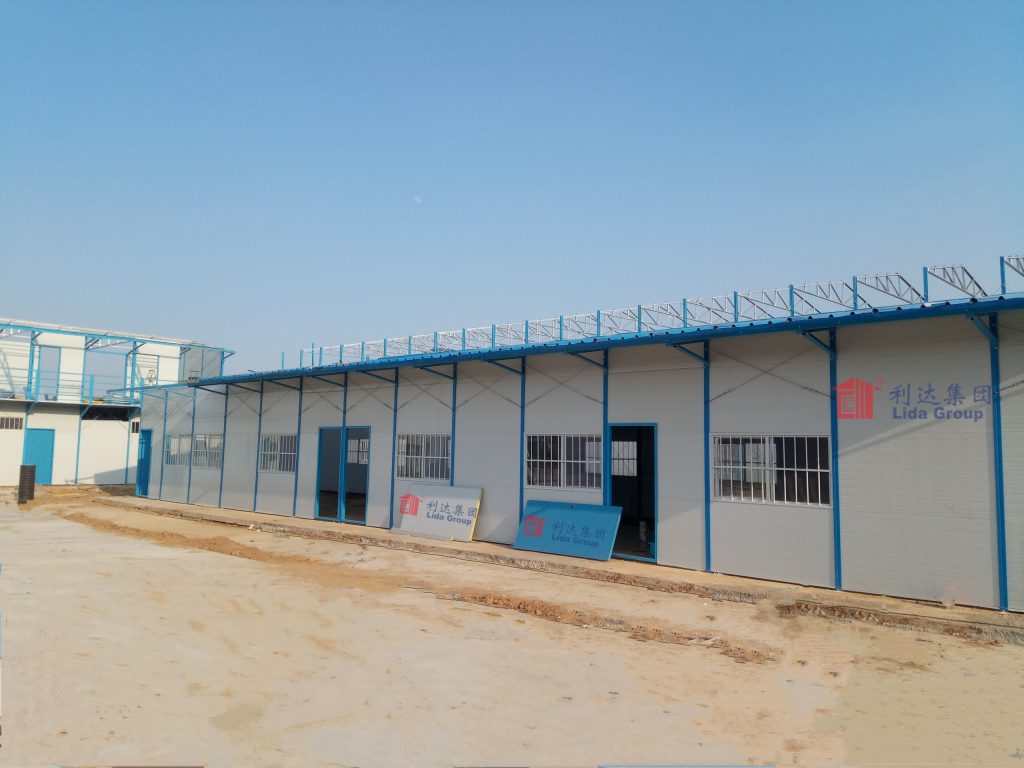
5. Benefits of Solar-Integrated Mobile Houses for Remote Worksites
5.1. Reduced Operational Costs
One of the most significant benefits of Lida Group’s solar-integrated mobile houses is the reduction in operational costs. By replacing diesel generators with solar energy, remote worksites can eliminate fuel costs, which are often a major expense in remote locations. The cost of solar panels and batteries has decreased significantly in recent years, making solar energy a cost-effective alternative to diesel.
In addition, solar systems require less maintenance than diesel generators, reducing maintenance costs and downtime. The long lifespan of solar panels (typically 25-30 years) and batteries (5-10 years) ensures that the investment in solar technology pays off over time.
5.2. Environmental Benefits
Solar-integrated mobile houses have a significantly lower environmental impact compared to traditional diesel-powered worksites. Solar energy is a clean, renewable resource that produces no greenhouse gas emissions or air pollution, helping to reduce the carbon footprint of remote operations.
The use of sandwich panels in construction also contributes to sustainability, as they are often made with recycled materials and require less energy to produce than traditional building materials. The prefabricated nature of the panels reduces on-site waste, and the modular design allows for easy disassembly and reuse, minimizing waste at the end of the worksite’s lifespan.
5.3. Improved Worker Comfort and Productivity
The combination of solar energy and advanced sandwich panel construction creates a more comfortable living and working environment for workers in remote areas. Reliable electricity ensures access to lighting, heating, cooling, and essential appliances, such as refrigerators and communication devices.
The excellent thermal insulation of the sandwich panels maintains comfortable temperatures inside the mobile houses, even in extreme weather conditions. This reduces heat stress in hot climates and cold stress in cold climates, improving worker health and safety.
A comfortable and safe working environment leads to higher morale and productivity, reducing turnover and increasing the efficiency of remote operations.
5.4. Enhanced Resilience and Independence
Solar-integrated mobile houses provide remote worksites with greater resilience and independence. By relying on solar energy, worksites are not dependent on the availability and transportation of diesel fuel, which can be disrupted by weather, supply chain issues, or geopolitical events.
The ability to operate off-grid ensures that critical operations can continue during power outages, and the energy storage system provides a backup power source in case of extended periods of low sunlight. This resilience is particularly important for industries such as mining, where downtime can result in significant financial losses.
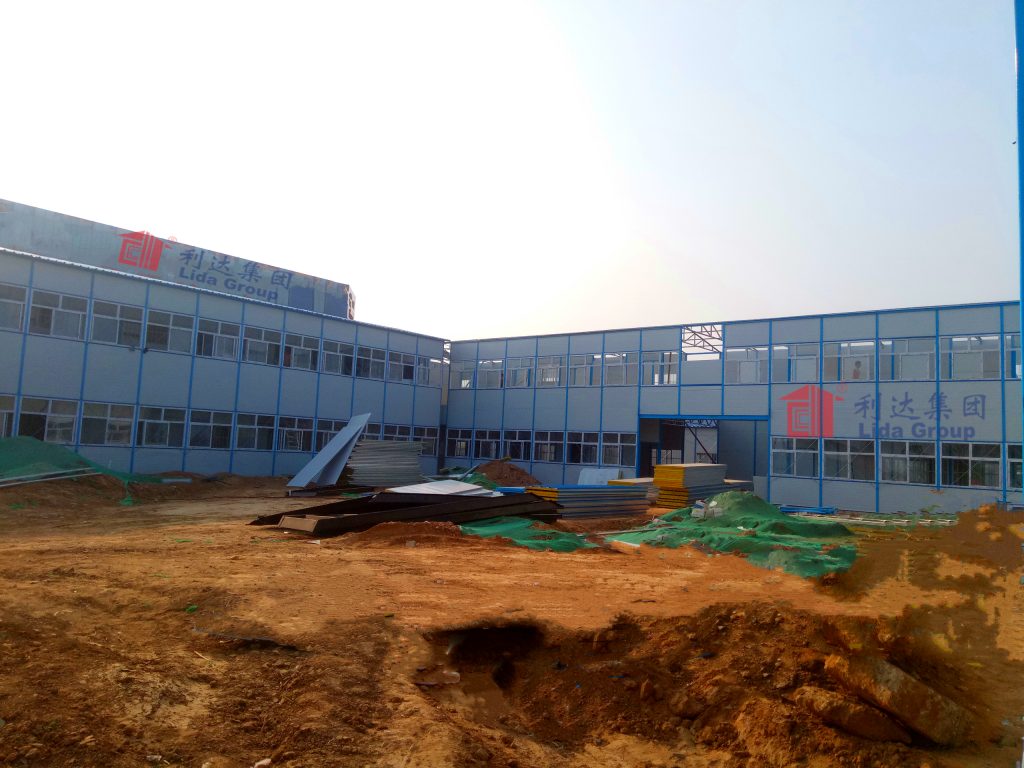
6. Real-World Applications: Remote Worksites Using Lida Group’s Solar-Integrated Mobile Houses
6.1. Mining Camp in the Australian Outback
A mining company operating in the remote Australian Outback faced challenges with high diesel fuel costs and unreliable electricity supply. The company partnered with Lida Group to install solar-integrated mobile houses for its workers’ accommodation and operational facilities.
The mobile houses were equipped with solar panels on the roof, lithium-ion batteries, and energy management systems. The harsh desert climate, with high temperatures and abundant sunlight, made solar energy an ideal solution. The sandwich panels provided excellent insulation, keeping the interiors cool during the day and warm at night.
The mining company reported a 70% reduction in fuel costs within the first year, and workers noted improved living conditions, with reliable electricity for air conditioning, lighting, and communication. The system proved resilient during dust storms, with the energy storage system ensuring a continuous power supply.
6.2. Construction Site in the Andes Mountains
A construction company working on a road project in the Andes Mountains needed a sustainable and reliable accommodation solution for its workers. The remote location, high altitude, and cold temperatures made traditional diesel generators impractical and expensive.
Lida Group supplied solar-integrated mobile houses with reinforced sandwich panels to withstand the cold and strong winds. The solar panels were positioned to capture maximum sunlight, and the energy storage system was sized to provide power during the long winter nights.
The mobile houses provided comfortable living conditions, with heating systems powered by solar energy. The construction company benefited from reduced fuel transportation costs and a lower carbon footprint, while workers appreciated the reliable electricity and warm accommodation, leading to increased productivity.
6.3. Environmental Research Station in the Amazon Rainforest
An environmental research organization operating a remote research station in the Amazon Rainforest required a sustainable and low-impact accommodation and workspace solution. The station needed to be self-sufficient in terms of energy to minimize its impact on the fragile ecosystem.
Lida Group’s solar-integrated mobile houses were chosen for their low environmental impact and off-grid capability. The mobile houses were designed to blend with the surrounding environment, with solar panels mounted on the roof to avoid disrupting the forest canopy.
The sandwich panels provided insulation against the high humidity and temperatures of the rainforest, and the solar energy system powered research equipment, communication devices, and essential living amenities. The research station was able to operate independently, with minimal environmental impact, supporting long-term ecological research.
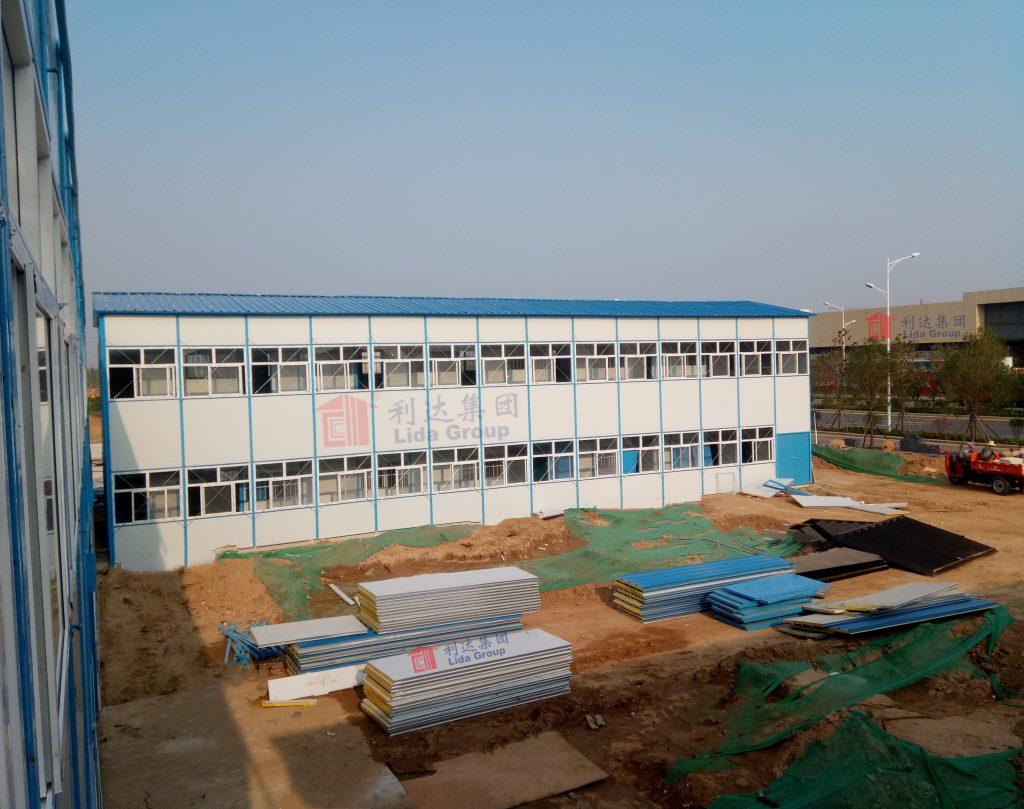
7. Challenges and Solutions in Implementing Solar-Integrated Mobile Houses
7.1. Initial Investment Costs
One of the main challenges in implementing solar-integrated mobile houses is the initial investment cost. Solar panels, batteries, and energy management systems require a significant upfront investment, which can be a barrier for some companies, especially those with tight budgets.
However, Lida Group offers flexible financing options and can provide detailed cost-benefit analyses to demonstrate the long-term savings. The reduction in fuel and maintenance costs, combined with the long lifespan of the equipment, means that the investment typically pays off within 3-7 years. In addition, many governments and organizations offer incentives and grants for renewable energy projects, which can help offset the initial costs.
7.2. Weather-Dependent Energy Generation
Solar energy generation is dependent on sunlight, which can be variable in some remote locations due to weather conditions such as clouds, rain, snow, or dust storms. This variability can affect the reliability of the electricity supply, especially in areas with long periods of low sunlight.
To address this, Lida Group designs the energy storage systems to be large enough to provide power during extended periods of low sunlight. In addition, the energy management systems can prioritize essential loads and adjust energy usage based on available solar generation. For worksites in areas with highly variable sunlight, backup generators (powered by renewable fuels such as biodiesel) can be integrated into the system to provide additional reliability.
7.3. Maintenance and Technical Support in Remote Areas
Maintaining solar-integrated systems in remote areas can be challenging, as access to technical expertise and replacement parts is limited. Lida Group addresses this by designing systems that are easy to maintain and providing comprehensive training to on-site personnel.
The company also offers remote monitoring and technical support, allowing experts to diagnose and resolve issues from a distance. In addition, Lida Group establishes local partnerships with maintenance providers in regions where it operates, ensuring that on-site support is available when needed. The modular design of the systems makes it easy to replace components, minimizing downtime.
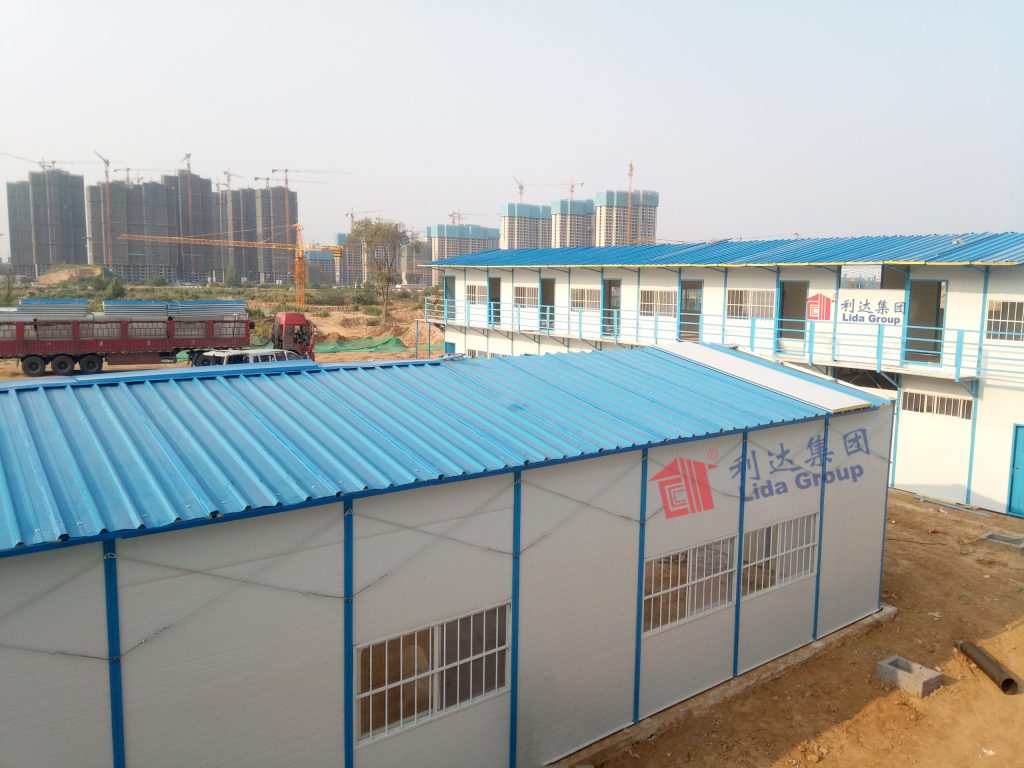
8. Future Trends and Innovations
8.1. Advances in Solar Technology
The efficiency of solar panels is constantly improving, with new technologies such as perovskite solar cells offering higher conversion rates and lower costs. Lida Group is exploring the integration of these advanced solar technologies into its mobile houses, further increasing energy generation and reducing costs.
In addition, the development of flexible and lightweight solar panels could allow for more versatile integration into the sandwich panels, such as curved or transparent panels that blend seamlessly with the design of the mobile house.
8.2. Energy Storage Innovations
Battery technology is also evolving, with improvements in energy density, lifespan, and charging speed. Lida Group is investigating the use of new battery chemistries, such as solid-state batteries, which offer higher safety and energy density than traditional lithium-ion batteries.
Other energy storage solutions, such as hydrogen fuel cells, could also play a role in future remote worksites, providing long-duration storage for areas with extended periods of low sunlight.
8.3. Smart and Connected Systems
The integration of Internet of Things (IoT) technology into solar-integrated mobile houses will enable more intelligent energy management. Smart sensors can monitor energy usage, weather conditions, and equipment performance in real-time, allowing the energy management system to optimize operations automatically.
Connected systems will also facilitate remote monitoring and control, enabling operators to manage multiple remote worksites from a central location, identify issues before they become problems, and optimize energy usage across the entire network.
8.4. Expansion into New Industries and Regions
As the demand for sustainable remote worksites grows, Lida Group plans to expand its solar-integrated mobile house solutions into new industries, such as agriculture, forestry, and disaster response. The company is also targeting emerging markets in Africa, Asia, and South America, where remote infrastructure development is increasing and access to reliable electricity is limited.
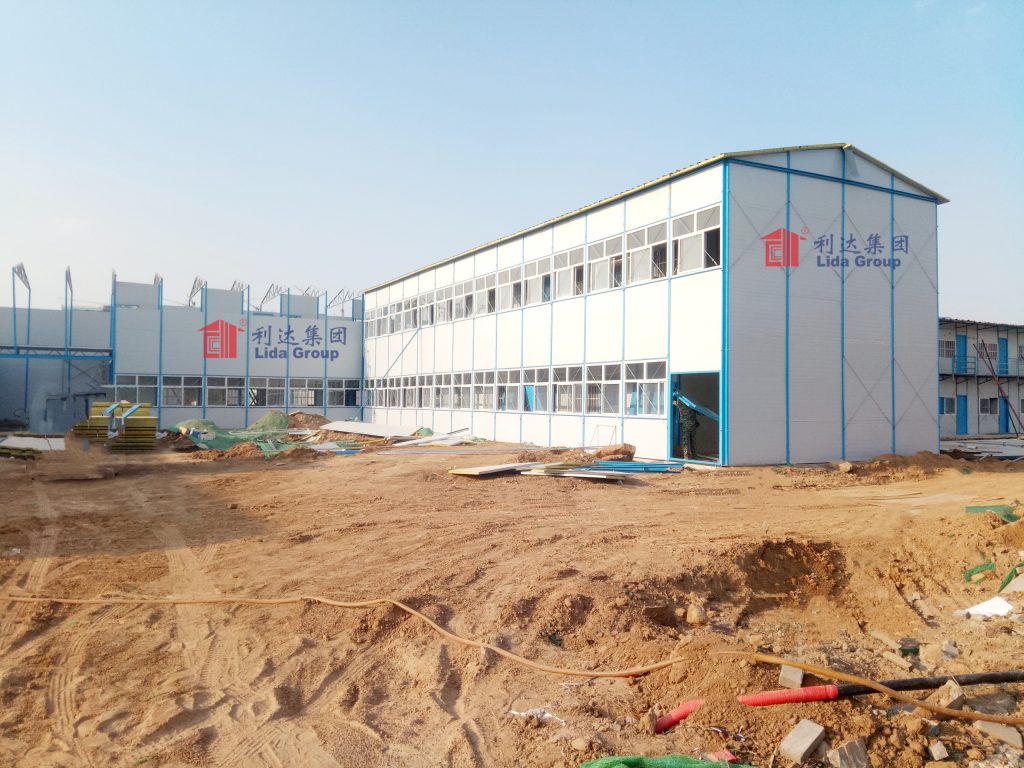
9. Conclusion
Lida Group’s integration of solar technology into mobile houses via advanced sandwich panel construction represents a significant step forward in future-proofing remote worksites. This innovative solution addresses the key challenges of traditional remote worksites, including high energy costs, environmental impact, and poor worker comfort, while providing a sustainable, resilient, and cost-effective alternative.
The benefits of solar-integrated mobile houses are clear: reduced operational costs, lower carbon footprint, improved worker productivity, and enhanced resilience. Real-world applications in mining, construction, and research demonstrate the effectiveness of this solution in diverse and challenging environments.
While there are challenges to implementation, such as initial investment costs and weather-dependent energy generation, Lida Group’s flexible financing options, system design, and technical support ensure that these challenges can be overcome.
Looking to the future, advances in solar technology, energy storage, and smart systems will further enhance the performance and capabilities of Lida Group’s mobile houses. As industries continue to prioritize sustainability and resilience, solar-integrated mobile houses will play an increasingly important role in supporting remote operations around the world.
Lida Group’s innovative approach is not only transforming remote worksites but also contributing to a more sustainable and connected future, where even the most isolated locations can benefit from reliable, clean energy and comfortable living and working conditions.
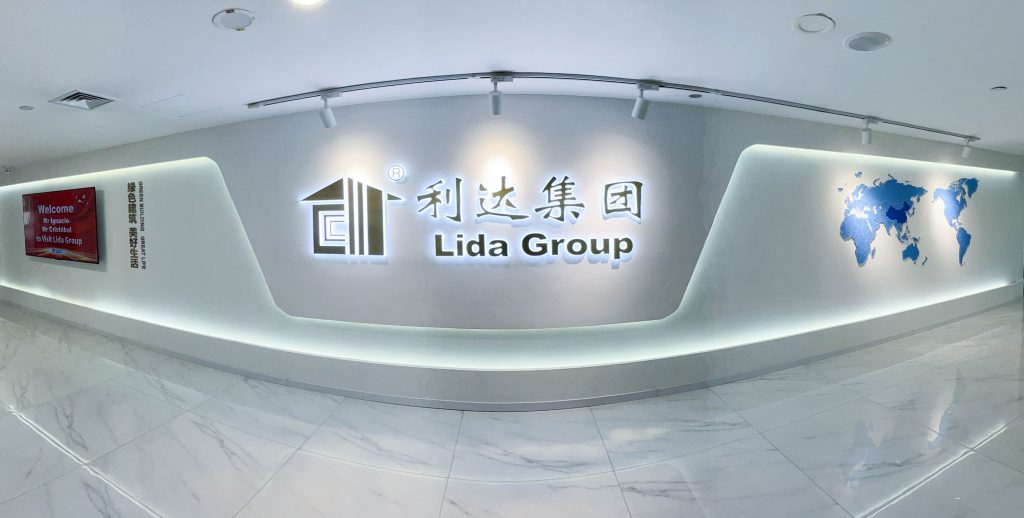
Related news
-
Luxury Glamping Upgraded: High Quality Mobile House Resorts Built with Lida Group's Insulated Temporary Prefab Kits
2025-08-08 11:31:19
-
Coastal Research Breakthrough: Lida Group's Corrosion-Resistant Prefab Sandwich Panel Construction Protects Mobile Field Labs
2025-08-08 10:51:43
-
Smart Event Infrastructure: IoT-Enabled Temporary Prefab Buildings by Lida Group Feature High Quality Mobile House Technology
2025-08-07 17:08:56
contact us
- Tel: +86-532-88966982
- Whatsapp: +86-13793209022
- E-mail: sales@lidajituan.com


